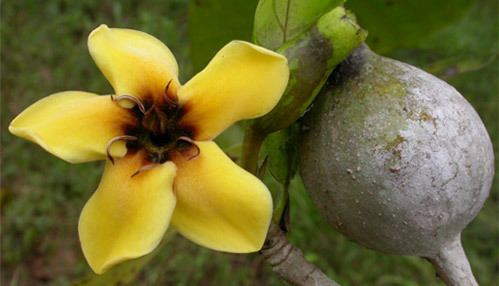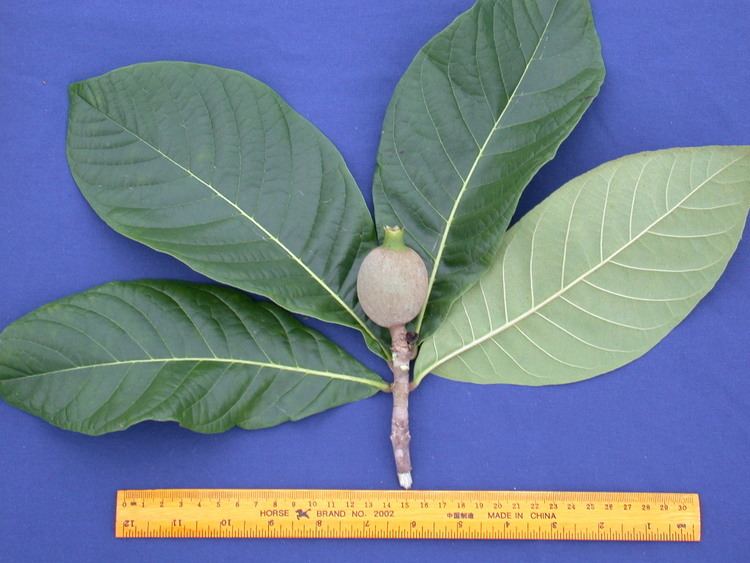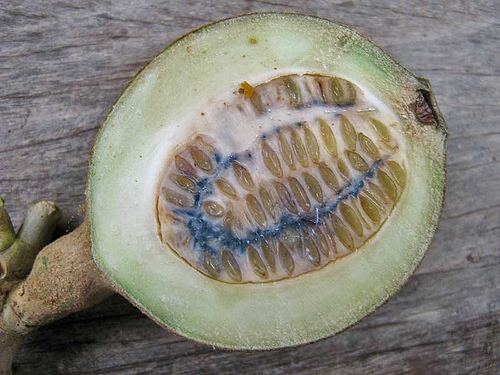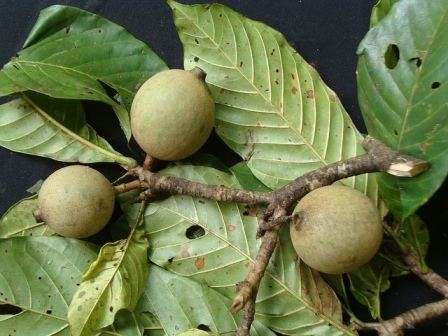Subfamily Ixoroideae Scientific name Genipa Rank Genus | ||
 | ||
Similar Genipapo, Rubiaceae, Randia, Hamelia, Alibertia | ||
A tribal ritual failed experiment with berries genipa americana huito jagua
Genipa, the genip-trees, are a genus of flowering plants in the family Rubiaceae. This genus is closely allied to Gardenia; several Gardenia species were originally placed in Genipa. It is not to be confused with genip (Melicoccus bijugatus), a completely unrelated eudicot. The name is derived from genipapo, the Guianan name for G. americana (commonly known as huito). The genus is also commonly called jagua, xagua or xaqua.
Contents
- A tribal ritual failed experiment with berries genipa americana huito jagua
- Huito whito fruit genipa americana in peruvian rain forest near paucarina lodge
- Description
- List of species
- Formerly placed here
- References

Most authors today restrict Genipa to the New World species, transferring the Old World species to other genera. The ten species from Madagascar, originally described by Drake, are referred to as Genipa sensu Drake. They do not belong to the Rubiaceae tribe Gardenieae like the New World Genipa species and their Australasian relatives, but in the tribe Octotropideae. The Genipa species sensu Drake are better placed in the otherwise South African genus Hyperacanthus. Other species are now in Randia, and a number of additional genera. Altogether, a mere 3 species are nowadays included in Genipa; even of the Neotropical taxa, many are now included in the widespread and variable G. americana.

Huito whito fruit genipa americana in peruvian rain forest near paucarina lodge
Description
Genip trees are shrubs and medium-sized (up to 18 m tall) trees, native to tropical regions of the Americas.

The bark is mostly smooth and gray. The dense foliage consists of opposite leaves that are sessile or with short peduncles. They are mostly clustered at the tips of the branches. The leathery leaves have an oblanceolate, elliptic or obovate shape. The ovate and acuminate stipules are interpetiolar, fused at base.

The inflorescence is axillary or terminal. The flowers are solitary or few in a cyme. They are at first white or creamy-white, but turn yellow later on. The flowers are sexually dimorphic; they can be bisexual or functionally unisexual. The male flowers ripen before the female flowers. The short, tubular calyx has five or six small lobes. The bell-shaped corolla consists of five symmetrical left-contorted oblong petals, rounded at their apex. The stamens lie between the corolla lobes, exserting for half their length. The style projects beyond the corolla. The inferior ovary is 2-locular, with many ovules per locule. The fruit is a succulent berry with a thick rind, the size of a small lime.
The fruits of these culturally significant plants are edible. The wood is used in handicraft.
List of species
The three remaining good species placed in Genipa are:
Formerly placed here
In addition to those species now in Gardenia, Hyperacanthus and Randia, former members of Genipa are:

Genipa vaginata Baill. from New Caledonia is of unclear affiliation, but almost certainly does not actually belong in the present genus.
